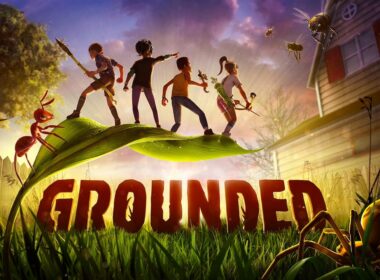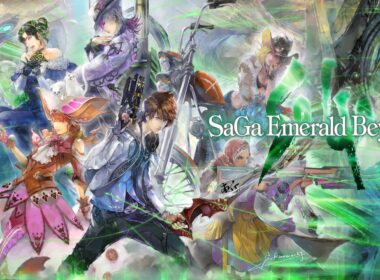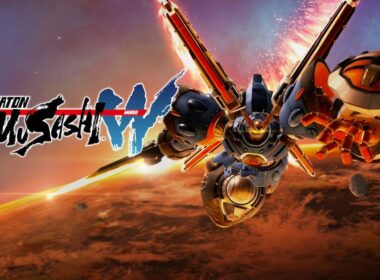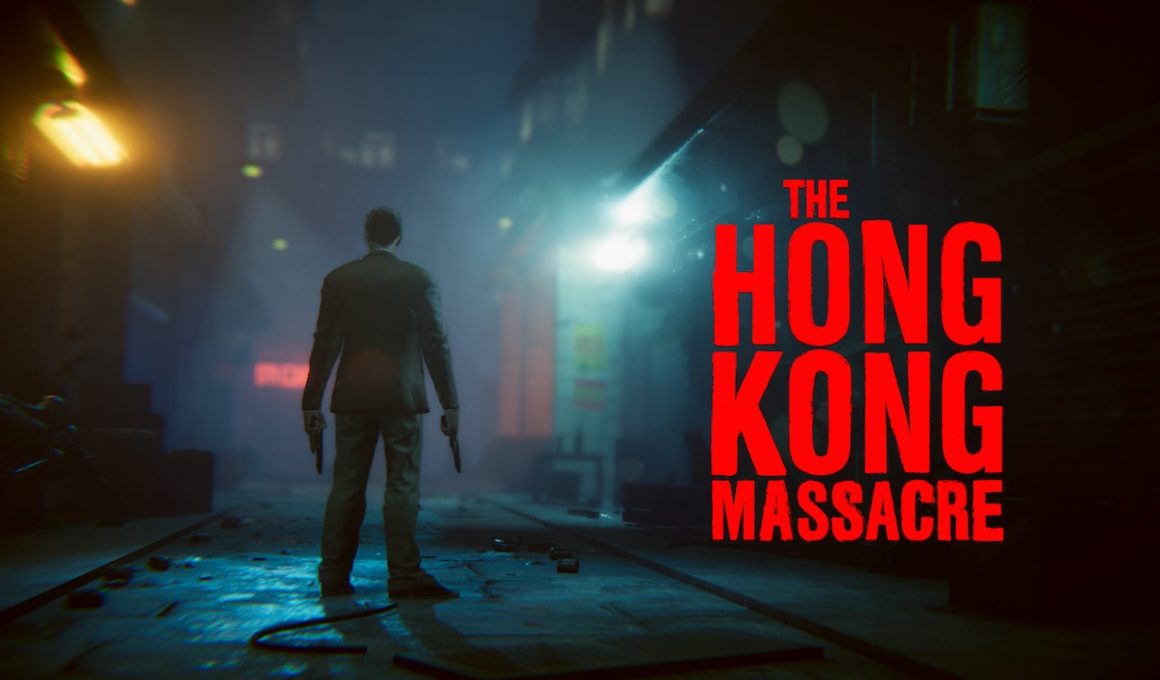Outside the classic car chase and a fisticuff showdown, the gunfight is by far the most common scenario to be portrayed in action movies. Over the years we have seen it evolve from Westerns to John Wick with many film directors in between raising the bar higher and higher.
However, not many film directors can claim to have raised the bar quite as high as John Woo did with his stylish gunplay and beautifully shot camerawork. If it wasn’t for his admiration for Samuel Peckinpah’s 1969 revisionist Western movie The Wild Bunch, we may never have seen the Wachowskis follow suit by dishing out the red pill in the same wonderful way with their exciting bullet-time technology in The Matrix, or the many other iconic sequences conjured up from the likes of Tarantino and Rodriguez to name a few.
Since then, we have seen even more examples of Woo DNA bleed over into video games with The Hong Kong Massacre being the latest indie title to pay homage to the legendary Chinese film director. This top-down take on Max Payne meets Hotline Miami sees the twin-stick shooter borrow all the Woo and Wachowski trademarks as a detective goes on a four-day murdering spree seeking to take revenge against the triad.
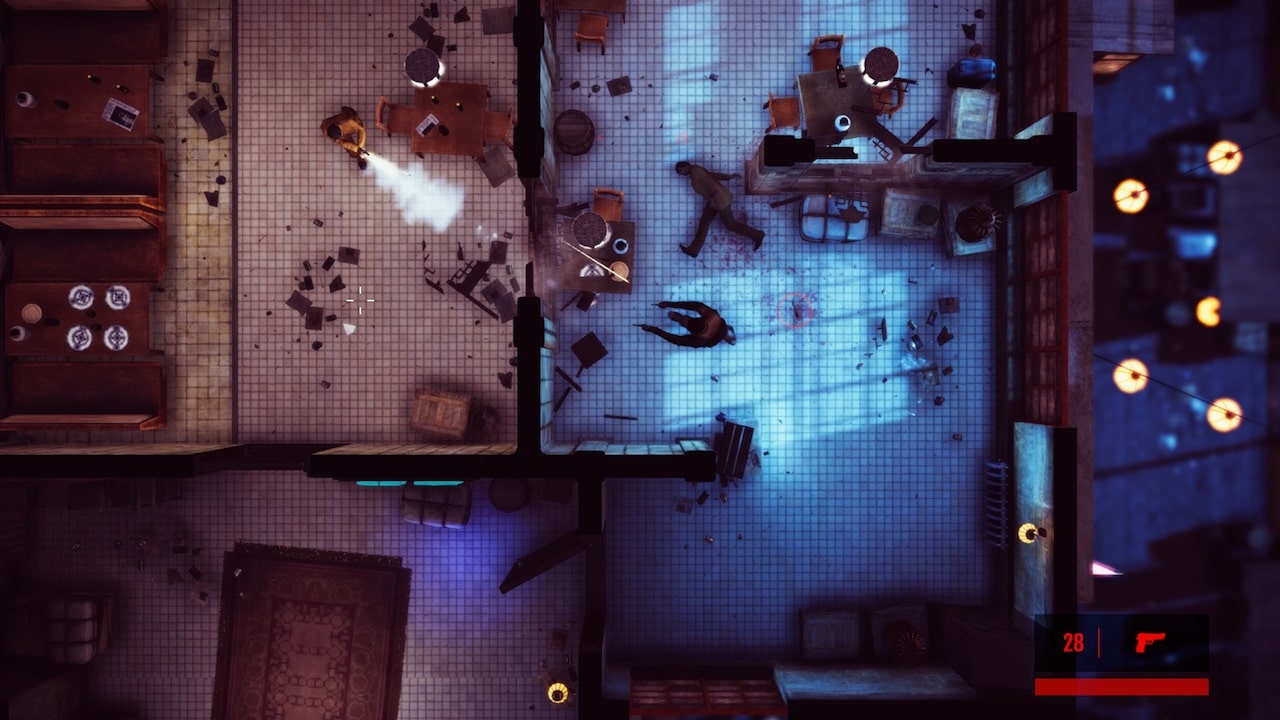
The byproduct caused by the attractive sparks and splinters of gunfire, slow motion and bullet dodging effects distracts the eye away from the basic polygons that hold the game together. While it’s hard to fault The Hong Kong Massacre for its low budget development process, it’s harder to ignore the fact that the mechanic has not only been done many times before, it’s been done much better.
This already puts The Hong Kong Massacre at an early disadvantage, as it struggles to provide the same level of punch and energy of the games it desperately aspires to match up against. With that said, the acrobatic gunplay met with the ability to evade through bullets and slow down time does go hand in hand nicely with setting the mood of its influencers. Interacting with the dance of gunplay can certainly feel rewarding when dodging bullets by a whisker, and to then answer back one slug at a time under the one-hit rule is a tried and tested formula that can still provide a sense of accomplishment.
The guns in the game should feel fun to use yet disposable enough to make swapping weapons with fallen enemies a staple part of the whole gun-fu experience. The Hong Kong Massacre does attempt to sew in such a vital element into the gameplay, it just doesn’t take long to realise just how unbalanced the weapons are.
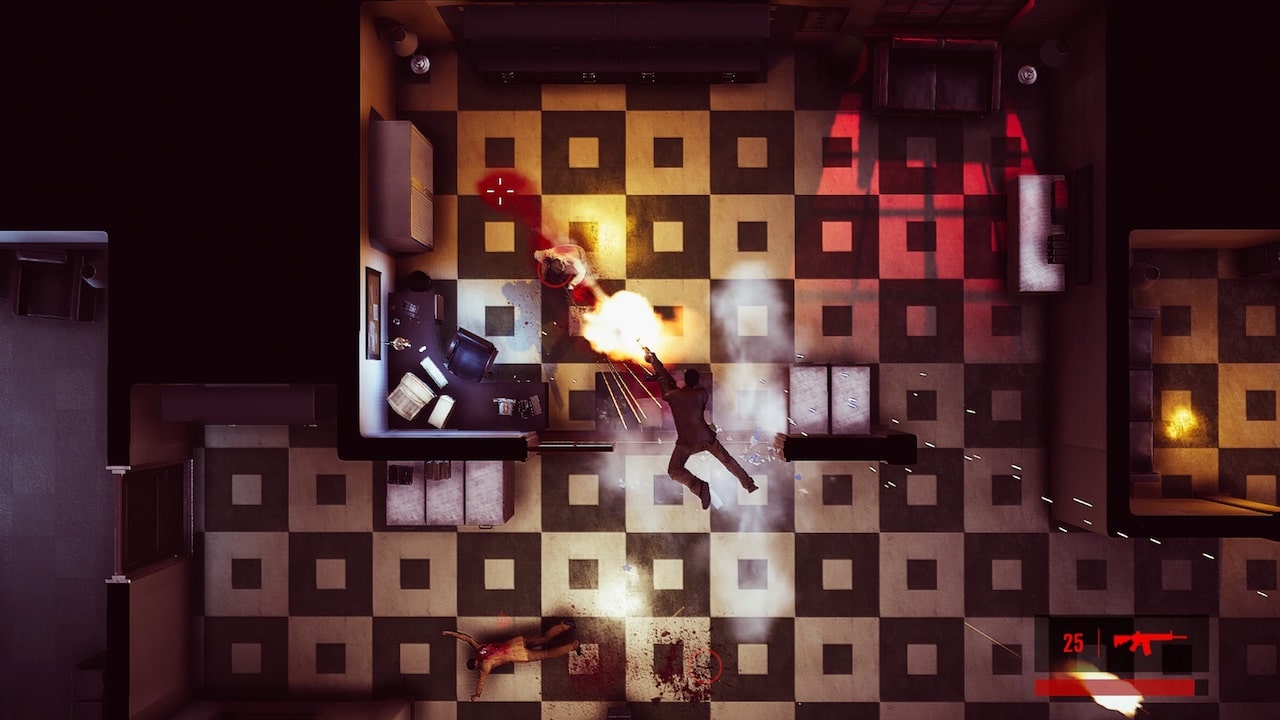
Out of the limited four weapons on offer, The clear winner here is the rifle with its large clip size and high output. The SMG is merely a similar but smaller option, while the shotgun feels satisfying to use but takes far too long to reload when doing a roly-poly in slow motion. Early on in the game, I found it far more convenient to simply stick with the standard double-handguns until stumbling across something a bit more automatic.
Guns can, of course, be upgraded and unlocked as starter weapons by earning stars to extend clip capacity, reload time and so on. Unfortunately, all this does is deter the need to snatch an unoccupied weapon in motion as a necessary tactic, in favour of investing more currency into what’s already the most powerful tool in the box. The lack of a melee option also disrupts the flow and gives off a strong sense that something is completely missing, like playing the guitar with a broken string.
The heavy sense of deja vu only becomes more apparent further into the game. There’s very little change in the environments, literally zero variety in enemy behaviour outside the odd bulletproof vest for extra protection, and the several boss encounters play out identically to one another making this one-trick pony tire out rather quickly.
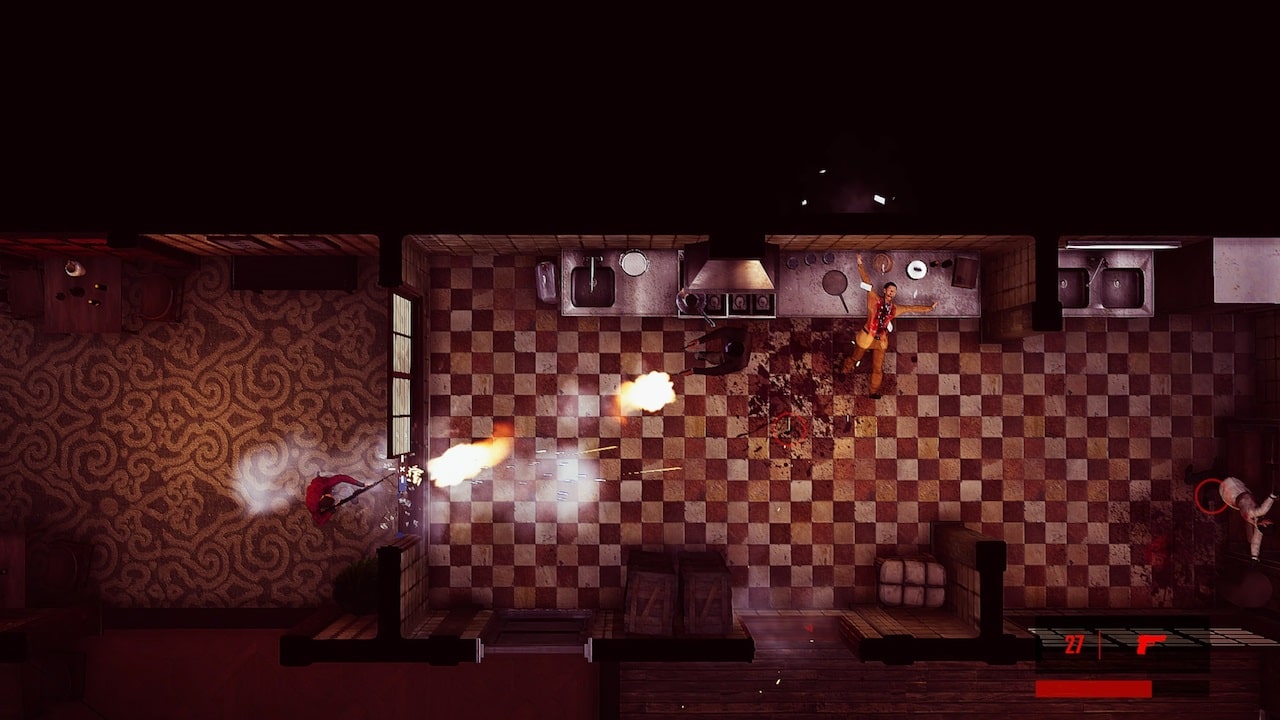
Over the last few years, we have seen titles such as My Friend Pedro and Katana ZERO hone in on a similar Woo spirit with enough spin to deem them both quite different and unique experiences.
However, there’s a fine line between influence and replication and The Hong Kong Massacre’s over-reliance on capturing the magic of Hotline Miami and Max Payne suffocates it under its own lost identity. If The Hong Kong Massacre had very little to compare itself to, then it would probably be regarded as a classic in the making. Unfortunately, that’s not the case and it’s clear by example that even the Woo formula had to evolve at some point.
Version Tested: Nintendo Switch
Review copy provided by Untold Tales


